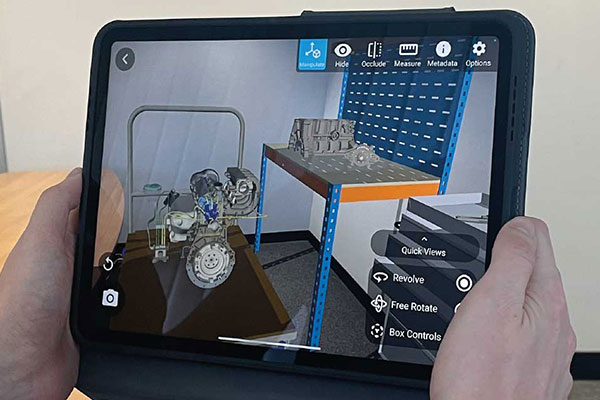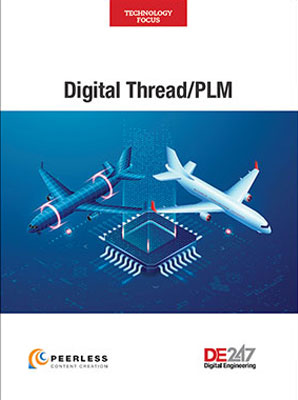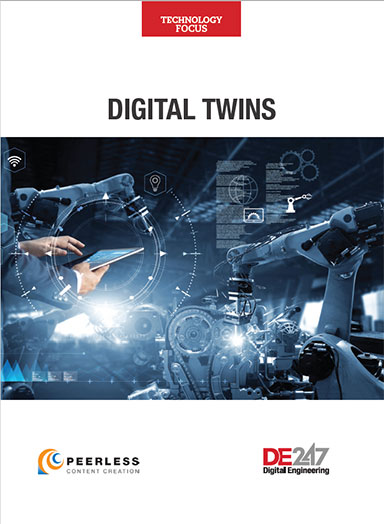Theorem-XR Q2 2022 Release Boosts XR Capabilities
Company says the new release enables users to "explore the future of 3D visualization."

Latest News
July 26, 2022
Theorem-XR’s Q2 2022 release brings a range of new features and user-friendly updates to support requirements of the extended reality (XR) community. Focused on handheld augmented reality devices in this release, XR is now easier to use, deploy and adopt across the enterprise using existing hardware (Windows, Android and iOS devices).
“We’re always looking to broaden our XR capabilities to allow users a simpler, more collaborative, and adaptable experience—we are finding that ease of use helps to smooth the way for ease of adoption,” says Ryan Dugmore, consultancy director at Theorem Solutions.
Q2 2022 brings various features outside of augmented reality, including enhancements for the Microsoft HoloLens 2, the Theorem-XR use case-based experiences for mixed and virtual reality, and additional functionality for Theorem Visualization Pipeline (TVP).
Starting with the latest updates to the Theorem-AR (Augmented Reality) application, users can now load multiple models into a session.
Users can visualize pre-defined, digital layouts that previously would have only been available for users of mixed reality or virtual reality. Users with data from architecture, engineering and construction applications such as Revit, Navisworks, IFC and all major CAD systems, can visualize a combination of datasets in the same environment on handheld augmented reality devices (tablets, smartphones, etc.).
Users of the Microsoft HoloLens 2 can now use new location features. Users can now define where 3D models appear in relation to a QR code.
Another new feature for the HoloLens 2 is the ability to markup digital design data in a live session using a “holographic pen.” Choosing the pen tool from the system menu enables users to add annotations to highlight required changes, potential clash issues or to leave a note of requirements for users unable to attend collaborative sessions.
Virtual reality users can now view the assembly structure as they would in CAD. The option to highlight specific parts and components makes it easier to navigate designs and go straight to the components needed to review their scene.
The last release of Theorem-XR Q1 2022 focused on Microsoft Azure Remote Rendering (ARR) support for HoloLens 2 users as part of the Theorem Visualization Pipeline update.
Users can now upload FBX and glTF files directly to the Microsoft Azure Cloud.
Theorem-XR suite
Theorem-XR enables Engineering and Manufacturing companies to optimize, visualize and collaborate around 3D design data at full scale and in context. This supports enhanced remote collaborative engineering focused XR use cases for Visualization, Design Review, Factory Layout, Training and Visual Digital Twin.
With automated CAD data preparation, users can drag and drop their design data onto the server, “save as” from within their native CAD applications or export directly from their PLM system for use in Extended Reality.
Sources: Press materials received from the company and additional information gleaned from the company’s website.
More Theorem Solutions Coverage

Subscribe to our FREE magazine, FREE email newsletters or both!
Latest News
About the Author
DE’s editors contribute news and new product announcements to Digital Engineering.
Press releases may be sent to them via [email protected].







